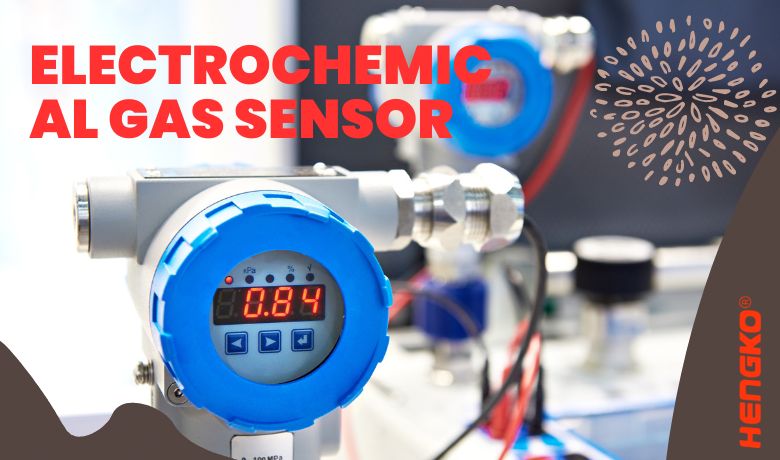
Why Use a Electrochemical Gas Sensor ?
The electrochemical sensor is one of the important components of the gas sensor. Electrochemistry mainly refers to its working principle.
It works by producing a chemical reaction with the measured gas and producing an electrical signal proportional to the gas concentration.
Most electrochemical gas sensors are in diffusion mode, and the gas sample molecules in the surrounding environment naturally flow through the small holes on the front of the sensor to enter the sensor. Some equipment will have an air pump to draw air and gas samples into the sensor, and then monitor it.
To avoid the influence, to ensure the accuracy of the monitoring, in the pores of Hoi portion with gas-permeable membrane barrier to water vapor, and other impurities into the sensor. The measurement range and sensitivity of the sensor can be changed by adjusting the size of the air inlet during design.
A large air hole can improve the sensitivity and resolution of the sensor, while a small air inlet reduces the sensitivity and resolution, but increases the measurement range.
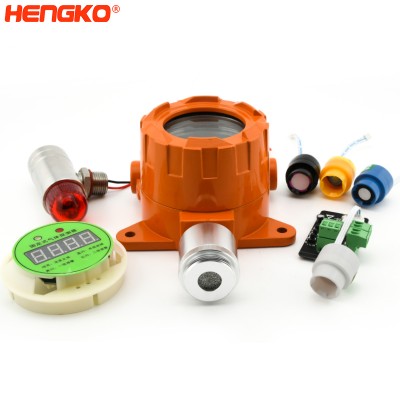
Try Electrochemical Gas Sensor by HENGKO Manufacture
At present, electrochemical sensors have been widely used in food safety, biological analysis, life medicine, environmental monitoring, etc. Electrochemical sensors can detect ozone, formaldehyde, carbon monoxide, ammonia, hydrogen sulfide, sulfur dioxide, nitrogen dioxide, oxygen and other gases . HENGKO has various electrochemical sensors, such as oxygen sensors, hydrogen sulfide sensors, carbon monoxide sensors, ammonia sensors, carbon dioxide sensors, etc.
In addition, there are explosion-proof discs, gas sensor breathing shells, gas sensor modules, gas sensor probes, gas detector sound and light alarm components, gas transmitter modules, gas sensor alarm accessories, etc. to meet the needs of different industries.
The best electrochemical sensor is the sensor that detects oxygen. After all, the earliest electrochemical sensor was first used for oxygen monitoring. It has good selectivity, reliability and long life expectancy. Other electrochemical sensors are susceptible to interference from other gases. The interference data is calculated using relatively low gas concentrations.
In practical applications, the interference concentration may be very high, which can cause false readings or false alarms. Hengge explosion-proof high-precision anti-interference industrial oxygen sensor, good performance, stable and reliable operation, fixed installation and maintenance, simple operation, strong anti-interference, range: 0-30%VOL , accuracy: ± 3% (FS) , repeat Performance: ≤ 2% , resolution: 1% VOL , response time: ≤ 30 seconds, protection level can reach IP65 , IP66 .
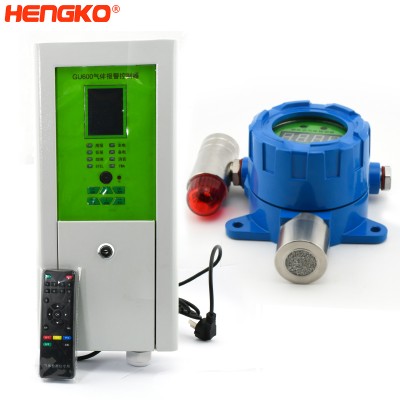
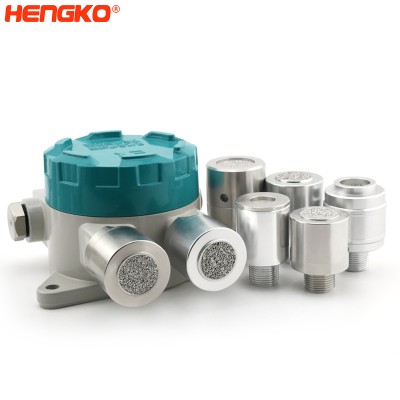
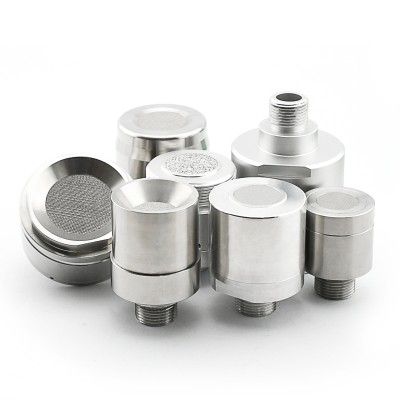
Electrochemical sensors have very low requirements for operating power, and among all types of gas sensors, its power consumption is the lowest. Therefore, this sensor is widely used in limited space. Generally speaking, the life expectancy of electrochemical sensors is 1-3 years. However, the life expectancy of the sensor largely depends on environmental pollution, temperature and the humidity to which it is exposed. Therefore, regular detection and maintenance of electrochemical sensors are effective measures to extend their life.
Do you know How Electrochemical Sensor Works ?
For this questions, first we should know some basic information like principle , components, operation steps
also need to know some popular types of electrochemical sensors. then let check the details as follow:
Electrochemical sensors are widely used for detecting and quantifying various chemical substances by exploiting the principles of electrochemistry. Here's a general overview of how they work:
1. Basic Principle:
Electrochemical sensors work by measuring the electrical potential or current that arises due to a chemical reaction at an electrode surface.
2. Basic Components:
* Working Electrode (WE): This is where the electrochemical reaction of interest occurs. The material and surface properties of this electrode are critical for sensor performance.
* Reference Electrode (RE): It provides a stable reference potential against which the working electrode's potential is measured.
* Counter Electrode (CE or Auxiliary Electrode): It completes the electrical circuit, allowing current to flow between the working and counter electrodes.
* Electrolyte: A medium that facilitates the movement of ions and supports the electrochemical reactions at the electrodes.
3. Operation Steps:
* Exposure to Analyte: When the target molecule (or analyte) is exposed to the working electrode, it undergoes an electrochemical reaction – either it's oxidized (loses electrons) or reduced (gains electrons).
* Electron Transfer: This electrochemical reaction involves a transfer of electrons between the analyte and the electrode, creating a measurable electrical signal.
* Signal Measurement: The generated electrical signal (either a potential difference or a current) is then measured against the stable reference provided by the reference electrode.
* Data Interpretation: The magnitude of this electrical signal is directly related to the concentration of the analyte. By comparing the signal to a calibration curve or using known behavior of the analyte, its concentration can be determined.
4. Types of Electrochemical Sensors:
* Potentiometric Sensors: Measure the potential difference between the working and reference electrodes. pH meters are common examples.
* Amperometric Sensors: Measure the current resulting from the electrochemical reaction of the analyte at the working electrode. Glucose meters commonly use amperometric sensors.
* Impedimetric Sensors: Measure the impedance or resistance change in the electrochemical cell upon interaction with the analyte.
* Conductometric Sensors: Measure the change in conductivity of the electrolyte solution upon interaction with the analyte.
5. Advantages of Electrochemical Sensors:
* High sensitivity and selectivity.
* Fast response time.
* Capability to operate in liquid and gas phases.
* Ability to work in turbid or colored samples.
* Often portable and suitable for real-time analysis.
6. Limitations:
* Sensors can become fouled or poisoned by contaminants, affecting their performance.
* Drift in the reference electrode potential can lead to errors.
* Some require periodic calibration to maintain accuracy.
Overall, the functionality of electrochemical sensors depends on the specific design, materials used, and the nature of the electrochemical reaction of the target analyte. Their wide range of applications spans from environmental monitoring and medical diagnostics to food quality assurance and beyond.
Contact Us
Looking for Premium OEM Electrochemical Gas Sensor Sets & Housing Solutions?
Don't compromise on quality and precision. Contact HENGKO now for top-of-the-line sensor solutions
tailored to your needs. Reach out to us at ka@hengko.com and let's bring your projects to life!
Post time: Mar-19-2021




